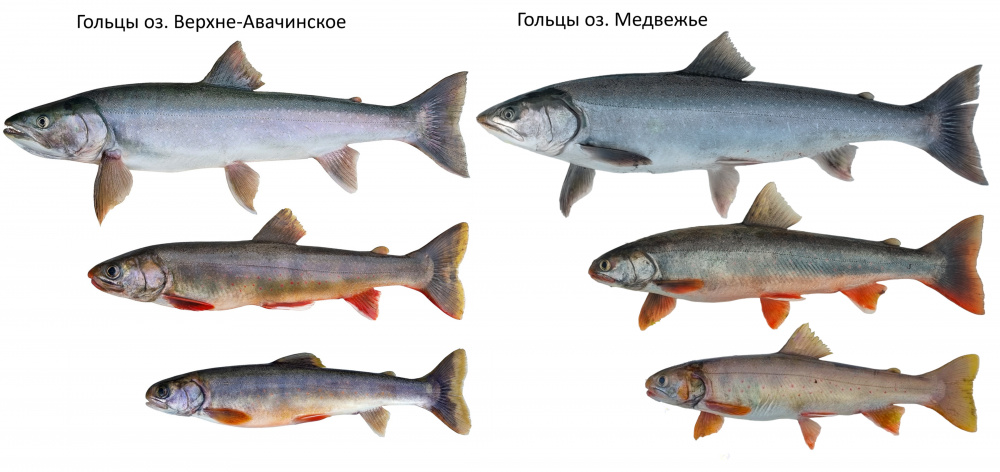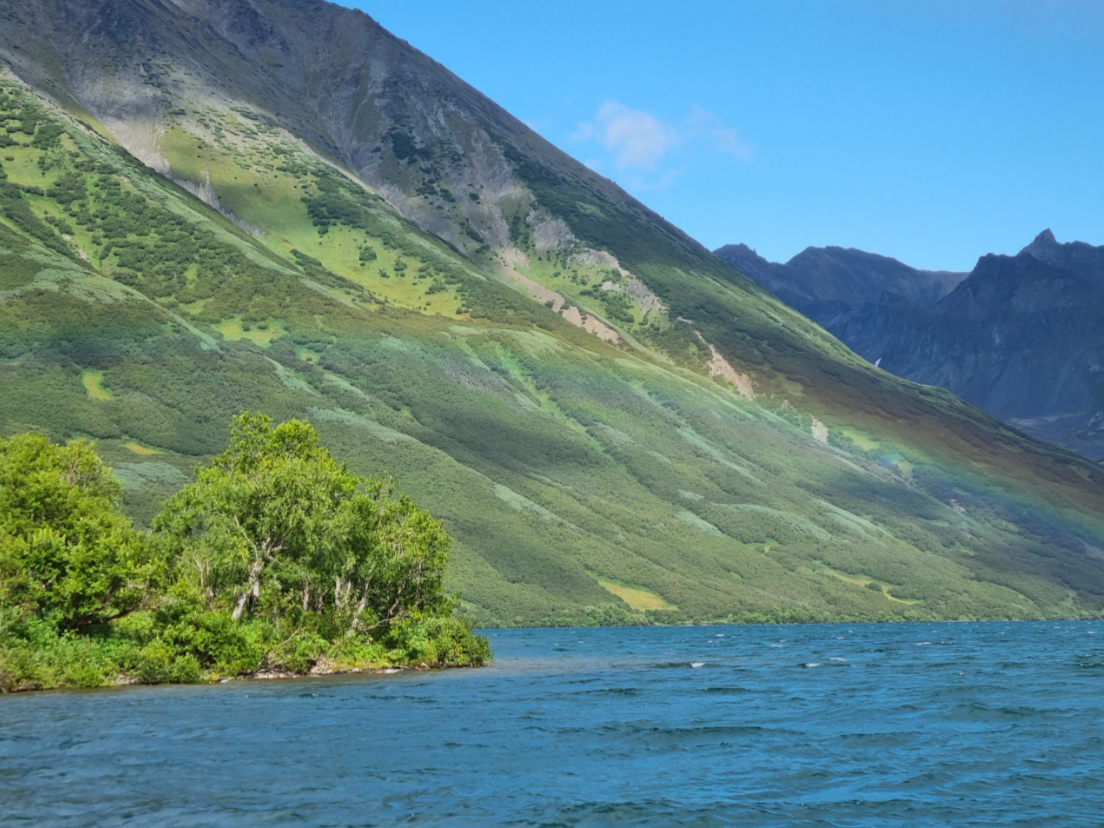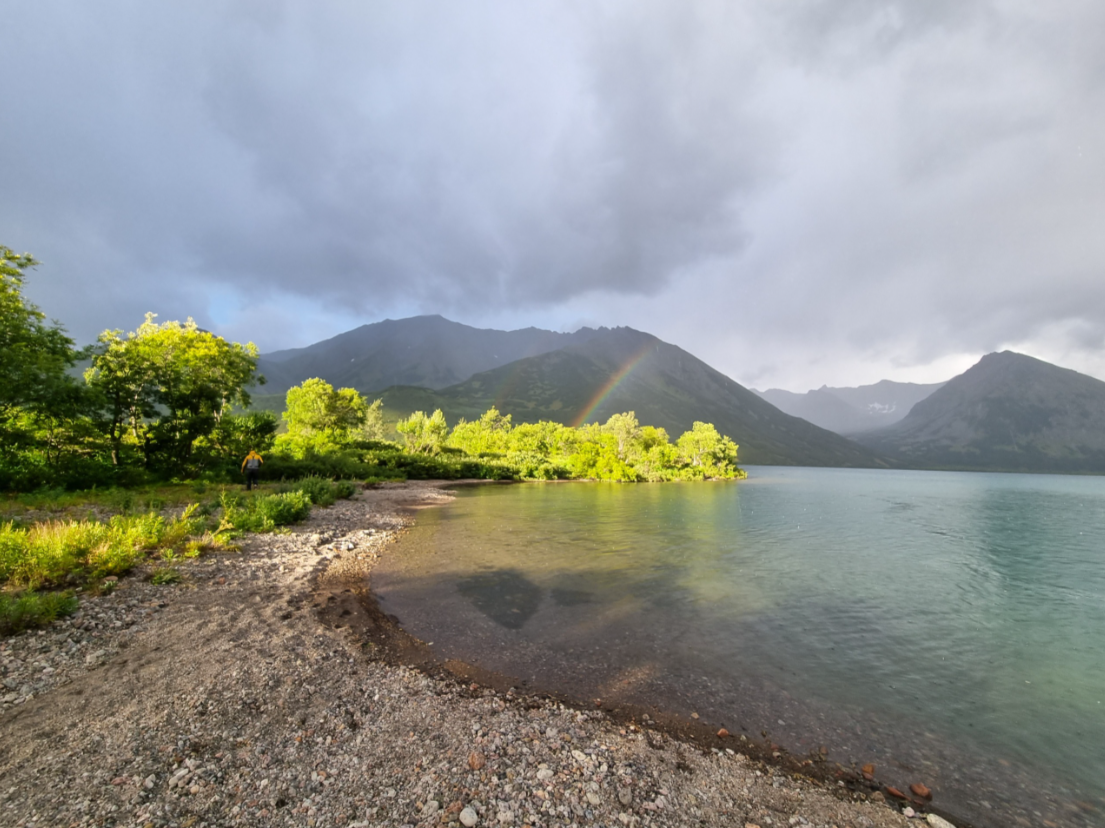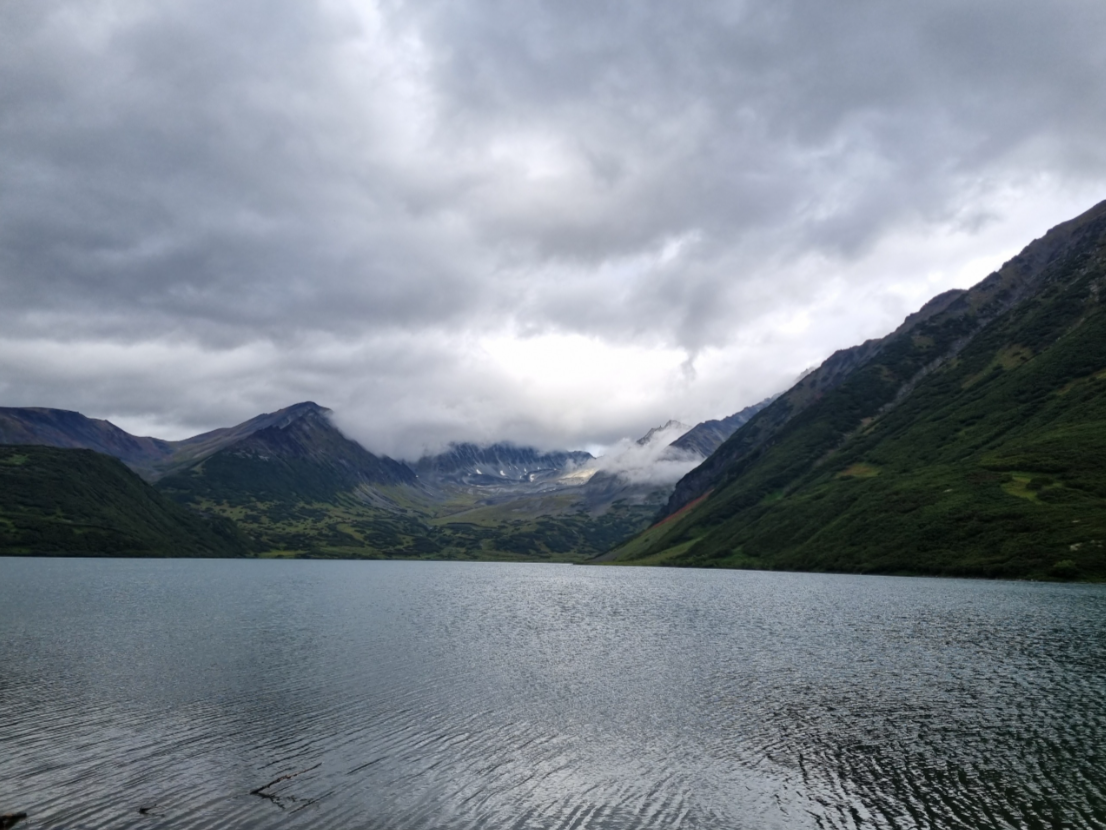
In 2023, as part of the joint work of the scientific department of the Kronotsky Nature Reserve and the Institute of Ecology and Evolution of the Russian Academy of Sciences, the ichthyofauna of the lake system in the upper reaches of the Avacha River was studied. They are located in the state nature reserve of regional significance "Timonovsky". The research results will help obtain new data on the mechanisms of evolutionary processes occurring on Earth.
The system that ichthyologists studied consists of two conjugate lakes: Lake Medvezhye is located on top. A 5-kilometer-long river flows out of it and into Lake Verkhne-Avachinskoye. These lakes, like many others in Kamchatka, are inhabited by sockeye salmon and malmoid char. Loaches are of greatest interest to researchers.
In both lakes, three groups of char were found, living in different parts of the ecosystem: in the water column, in the coastal part and at depth. It is most likely that they occurred during adaptation to the lake lifestyle from a common ancestor - the Dolly Varden char (Salvelinus malma), which is found in large numbers in the Avacha River.

Lake char differ in the number of gill rakers, the nature of the parasitic fauna and body shape. Judging by the differences in the stage of maturity, they spawn separately and, in fact, represent independent biological species. The combination of differences indicates that they have a high degree of specialization in nutrition. Char living in the water column feeds on young sockeye salmon, while coastal and deep-sea char feed on invertebrates of different depths. At the same time, the char of the Verkhne-Avacha lakes in their lifestyle and anatomy are very similar to the long-headed, big-nosed and small-mouthed char from Lake Kronotskoye (listed in the Red Book of Kamchatka).

“The emergence of specific lake forms from common Dolly Varden was described earlier in the Kronotsky and Kuril lakes. This case is unique in that similar forms exist in parallel in connected lakes. We have to determine the degree of relationship between the groups, the timing and stages of their separation,” explained Nikolai Melnik, a researcher at the Institute of Ecology and Evolution of the Russian Academy of Sciences.

If scientists manage to discover that the division of char into different forms occurred independently in two lakes (Medvezhye and Verkhne-Avachinsky), this will become a unique example of parallel evolution. Moreover, this will allow us to focus on studying the mechanisms of response modification of body structure, methods of nutrition and reproduction to environmental conditions.
Related materials:
AiF - Kamchatka: "Studies of the evolution of the char of the Upper Avacha lakes in Kamchatka"
BeZFormat: "Scientists are unraveling the mystery of the origin of the char of the Upper Avacha Lakes"
Fisherman of Kamchatka: "The Mystery of the Loaches of the Upper Avacha Lakes"
Kamchatka-Inform: "Scientists are unraveling the mystery of the origin of the char of the Upper Avacha Lakes"
Kamchatka Territory - United Kamchatka: “Scientists in Kamchatka intend to unravel the mystery of parallel evolution”
Kamchatka Peninsula: “Kamchatka scientists are solving the mystery of parallel evolution”
